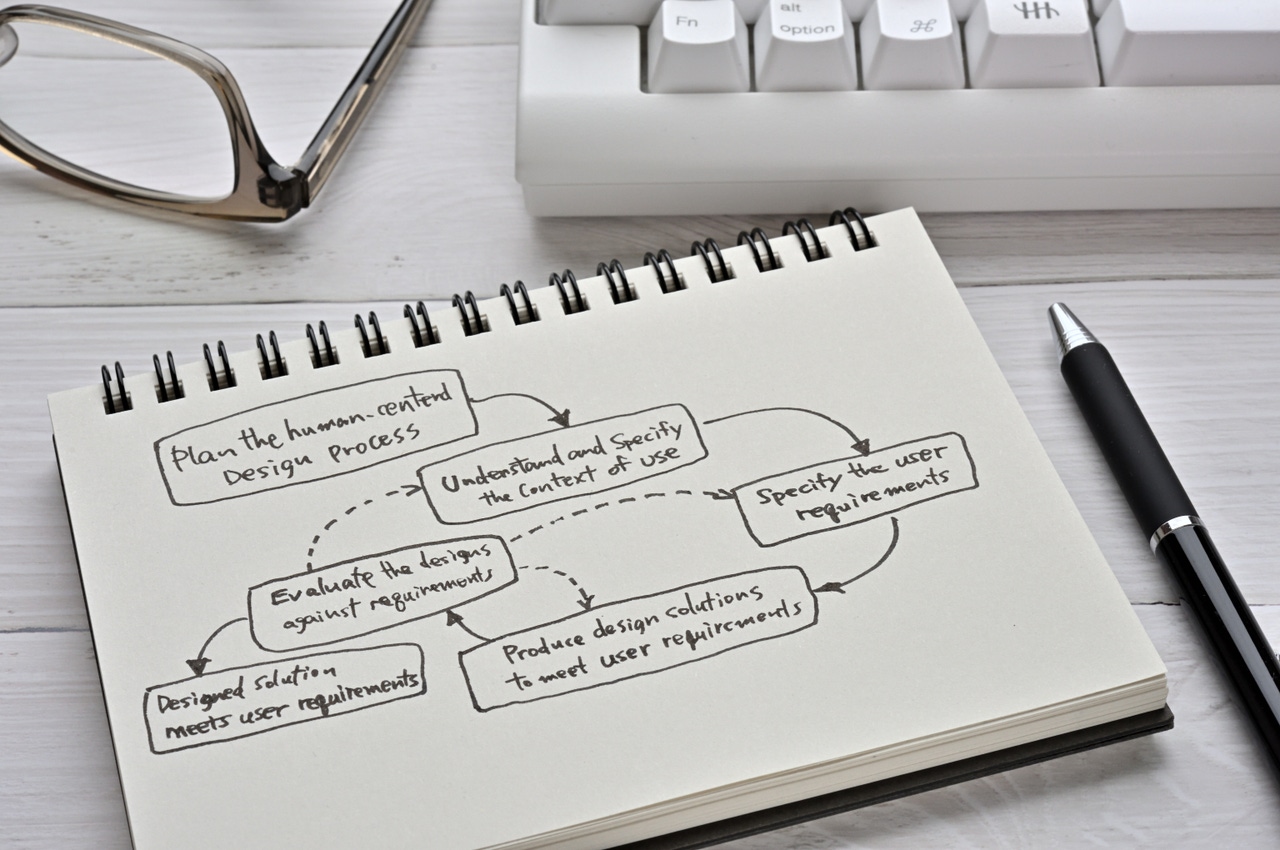5 Critical elements of effective human-centered design in the public sector5 Critical elements of effective human-centered design in the public sector
A growing number of government agencies are looking to leverage human-centered design (HCD) principles to improve services for their constituents, increase awareness of those services and give people the tools to access them.

In today’s rapidly evolving public sector, city, county and state officials face growing challenges. Complex regulations, heightened constituent expectations and limited resources—in terms of staffing as well as dollars—demand innovative solutions.
Leaders are dealing with technical debt—outdated systems, quick fixes and patchwork upgrades—as well as policy debt, with layers of policies and regulations having accumulated over decades. Constituents have been conditioned by the private sector to expect high-quality, user-friendly applications and programs, but limited capacity and a lack of consideration for the user experience hinders leaders’ ability to deliver on those expectations.
Constituents are left facing a complex, disjointed experience that makes it hard to engage with government officials. Employees and case workers struggle with manual and time-consuming processes with limited guidance, while IT tries to maintain different technologies and infrastructure with siloed data and inconsistent processes.
Amid these challenges, a growing number of government agencies are looking to leverage human-centered design (HCD) principles to improve services for their constituents, increase awareness of those services and give people the tools to access them. They’re harnessing the approach to equip teams with a holistic view of their constituents and proactively share information and track the status of referrals with community partners.
Effective HCD starts with a focus on creating solutions that deeply understand and address the needs, behaviors, and experiences of the people they are designed for. By understanding and empathizing with users, agencies can create services that are intuitive, accessible and tailored to the specific needs of their diverse constituent base.
The approach includes five key phases:
Prepare: Understanding the biases and assumptions of those creating, developing and implementing services to ensure that insights gathered aren’t influenced by preconceived notions.
Discover: Engaging with constituents to understand their needs, challenges and contexts
Define: Synthesizing the information gathered during the discovery phase and collaboratively defining the opportunities at hand.
Develop: Generating and iterating on ideas, encouraging collaborative and divergent thinking while keeping feasibility and desirability in mind.
Deliver: Iterating and refining prototypes based on user feedback, ensuring that the final service effectively meets constituents’ needs.
But while HCD plays a critical role in identifying constituents’ unmet needs, how to design services or technologies to meet those needs, and how to derive value from the service, there’s a widespread lack of awareness of how to implement it—the deliver phase. Here’s what leaders need to do to effectively deliver products and services using human-centered design.
The five things you need for a successful implementation
You’ve defined the problem and brainstormed with the community to co-develop the solution. The next phase is deliver, which involves actually bringing the product or service to the public. Five critical elements can make sure that the product or service sticks with the people for whom it’s intended.
Change management: You’re probably changing the product or the service you offer based on the insights gathered through the HCD framework, and you need to bring people along on the new journey. That makes it important to incorporate strategies to measure change efficacy and adoption and engage with a wider range of stakeholders, including different community groups, to ensure that the solutions are effective and widely adopted.
Product design expertise: Product designers bring a unique skill set that is particularly relevant to the HCD process. Among other expertise, they’re trained to deeply understand user needs, behaviors and pain points; skilled in creating prototypes and conducting user tests; and know how to balance functionality with aesthetics.
Creativity with limited resources: Through HCD, you’ve defined what constituents want, but you also need to understand what’s actually possible. Creative solutions allow you to find a compromise somewhere in the middle—and the best ideas are often borne from constrained environments.
Testing and practical application of learnings from real users: HCD relies heavily on a continuous feedback loop to ensure that the products and services developed truly meet constituent needs and expectations. This requires you to be constantly testing and iterating with real users via interviews and focus groups, surveys, stakeholder assessments, initial and secondary testing sessions, user pathways and journeys, and high fidelity wireframes. Ensure that you keep users updated on how their feedback has influenced decisions about how to move forward.
Delivering services in phases and building roadmaps for continued enhancement: In the public sector, teams are often reluctant to roll out a product or service that is not 100% complete. This drive for perfection can hinder the iterative process that is so integral to HCD. In contrast to the waterfall approach, in which you create a product or service in its entirety before releasing it, HCD leverages an agile approach. You have a high-level roadmap, but you’re willing to iterate on that roadmap as you discover what’s working, and what’s not. Consider ways you can move more agilely, for example by starting with a limited pilot of a new service.
HCD is a cycle, and you’re never done talking with constituents and iterating on the solution. For government agencies that have limited funding, staff and time, the process can feel a bit uncomfortable. It will require courage—courage to iterate, courage to co-create and courage to keep moving forward even if you don’t know where the path will take you. In doing so, you can meet constituents’ demand for user-friendly, accessible and more sustainable services and serve more people, more effectively.











